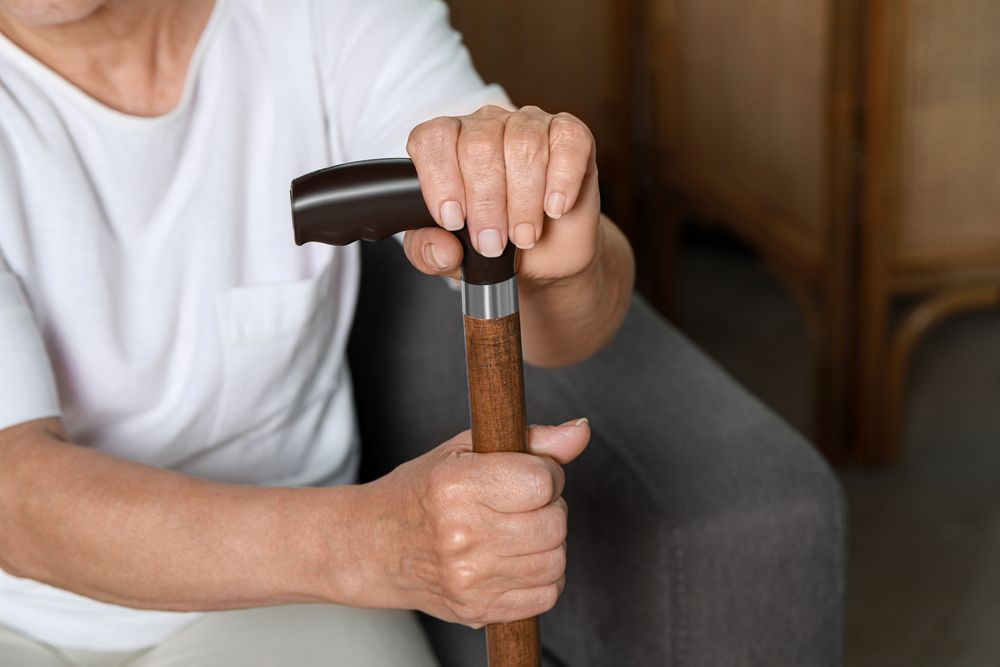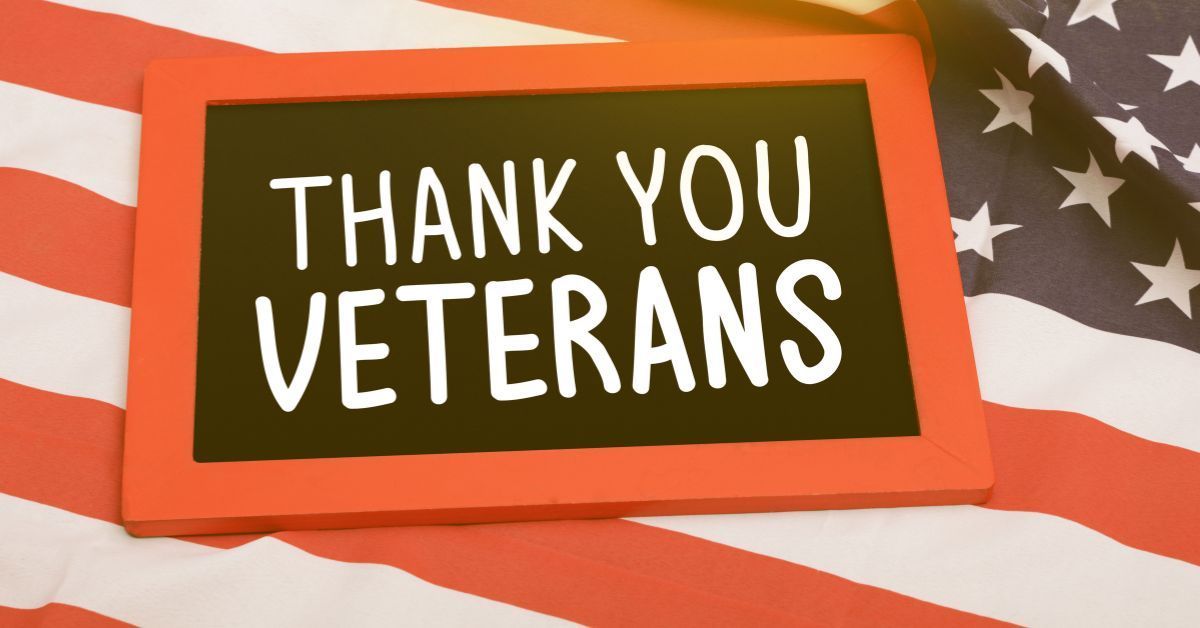Why You Should Look Into a Quad Cane Over a Single-Point Cane Now

Different variables factor into why people would prefer a quad cane over a traditional one—better support or a physical ailment that requires it. Regardless, you can't go wrong with a quad cane (quad-point cane).
A quad cane is a medical device that assists those with disabilities who struggle with mobility. It has a structure similar to a regular cane, except four legs are at the base instead of a single point. This feature is the device's main selling point due to its numerous benefits. Let's evaluate those advantages and determine if the quad cane suits you and your needs.
Quad Cane Types
First and foremost, it's imperative to know that two types of quad canes exist — wide and narrow-based ones.
Wide-based: The wide-based quad canes have a larger base where the four legs meet and offer incredible stability and support. However, they are a bit heavier and could make maneuvering a bit more difficult for some.
Narrow-based: The narrow-base cane is smaller at the base and easier to carry and maneuver. However, it may not provide adequate support for some people.
Benefits of Quad Cane
- Provides Good Stability: Single-point canes provide basic (limited) stability and are typically ideal for those with mild balance issues. However, they are not very reliable, stable options like quad canes. Quad-point canes are sturdy and offer reliable stability to those who utilize them.
- Great Support: Quad canes reduce the risk of falls by evenly distributing weight among the four points or legs, permitting users to balance and maneuver better.
- Walk Independently: Some people who use traditional canes still require another person to walk alongside them to confirm they don't fall. However, a quad cane enables independent walking without the support of someone else, and independence can build the user's self-esteem.
- Suitable for Various Conditions: These canes suit a variety of people with various conditions, including injuries (broken leg or foot and injured hip), knee or hip surgery recovery, chronic conditions (multiple sclerosis, Parkinson's disease, or Huntington's disease), neurological conditions that impact coordination or muscle strength, peripheral neuropathy, stroke, birth defects, and age-related balance and strength issues. Even something as simple as medication can impact a person's stability, calling for them to rely on the cane temporarily.
- Easy Use: Unlike a single-point cane, quad canes alleviate the stress of grasping how to use a cane. As mentioned before, the four points disperse the weight to make balancing easier.
- Good for Getting Up and Sitting Down: Due to the weight being dispersed to each leg of the quad cane, those who need it can entrust the quad cane to stand still and sturdy as they use it as a stabilizer for getting up and sitting down.
- Stands Up on Its Own: Traditional canes require another object to hold them when not in use, and if not propped well, they could protrude and cause someone to trip. Meanwhile, a quad cane stands on its own.
- Can Be Used on Stairway: The four points not only make walking easier, but users can also walk up the stairs with them without trouble.
- Adjustable: Quad canes are adjustable, which means there's no need to bend or lean to reach the handle.
How to Walk with a Quad Cane
Step One: Hold the can in the hand that's opposite from the weak leg.
Step two: Move the quad cane forward approximately one arm's length, ensuring all four legs of the cane comes into contact with the floor to prevent tipping.
Step three: Proceed to walk forward, starting with the weak leg.
Step four: Use the cane for stability by lighting and exerting pressure on the handle with your hand. Progress your other leg forward just past the weak leg's position.
Step five: Repeat the cycle.
How to Know When You're Ready to Wean Off Of It
Understandably, many people renounce the idea of using a cane for their entire lives. While some people have to rely on it permanently, some people are only required to use it temporarily. But how do they know when to minimize their dependency on canes? Here's how to know:
The physical therapist or physiotherapist gives the green light: Physical therapists give clients with stability issues canes for support while persistently monitoring their progress toward independence. They will notify them once they determine the client is ready to come off the cane.
Walking normally: This is a given one, but when your walking becomes normal to where you aren't leaning or limping, you could be ready to ditch the cane. However, converse with your physician for professional approval. Continue using the quad cane if there's a slight lean or limp. Walking without the cane when limping or leaning puts an abnormal amount of stress on the injured leg, potentially exacerbating the situation.
Get Your Quad Cane from Warrior Service Company
At Warrior Service Company LLC, we are dedicated to producing durable medical equipment (DME) that serves the needs of individuals who require assistance with mobility, from senior citizens to veterans. We understand that upholding independence is a fundamental part of living a fulfilling life, and our goal is to deliver high-quality products that empower people to move with confidence and ease.
Our belief is simple: physical ailments should not stand in the way of one's right to mobility. With this philosophy in mind, we design our products, including the quad cane, to offer both practicality and reliability. Whether it's for those dealing with age-related conditions, injuries, or disabilities, our quad cane offers enhanced support, stability, and balance, helping users regain their independence and improve their quality of life.
At Warrior Service Company, located in West Palm Beach, we are committed to ensuring that every product we create fulfills the highest standards of durability and functionality. We strive to be a trusted partner for those in need of medical equipment, offering solutions that make mobility easier and safer. Our dedication to helping individuals on their journey to better mobility reflects our unwavering belief in the importance of physical independence for all.


